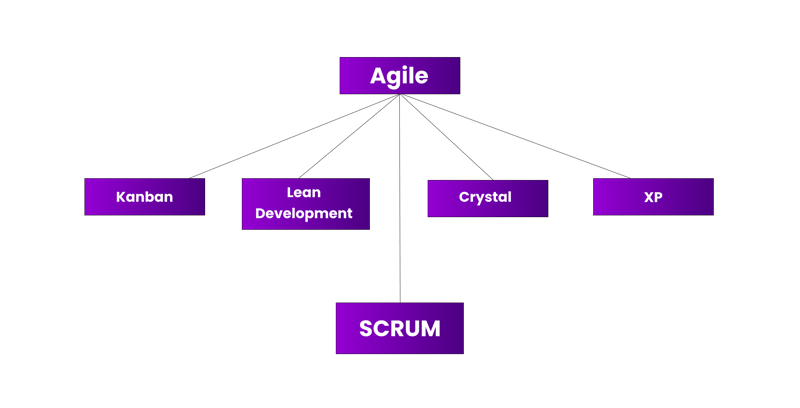Agile is one of the most famous approaches to project management. It was created by software engineers as a better way to manage their work.
However, it now incorporates a variety of distinct Agile methodologies utilised in fields ranging from marketing to customer success and beyond.
In this post, we'll briefly go through Agile and discuss the values behind the Agile Manifesto.
Introduction
Agile was developed in response to the shortcomings of the waterfall method. In 2001, a group of 17 of the greatest software engineers gathered to discuss improved techniques for producing software.
This manifesto lays the groundwork for agile. They also established the Agile Alliance with the purpose of encouraging the usage of agile throughout the industry.
According to the Agile Alliance:
Agile is the ability to create and respond to change. It is a way of dealing with, and ultimately succeeding in, an uncertain and turbulent environment. - Official Agile Alliance Website
Agile can be implemeneted in a number of ways and there are several agile methodologies, as shown in the diagram below.
Out of all these, scrum is the most famous agile methodology in the world.
Agile Values
The Agile Manifesto includes a list of four key agile values. Let's discuss each of them one by one:
Individuals and Interactions
First, agile emphasizes individuals and interactions, which means it recognizes the importance of strong working relationships.
It encourages team members to communicate with one another face to face rather than depending on tightly coupled processes and tools. This helps them solve problems faster and become more effective as a team.
Working Software
Secondly, agile encourages the establishment of working software as early as possible, which is usually at the end of every sprint. Excessive documentation might cause project teams to stagnate. Therefore, rather than writing out detailed documentation about the project, you are instead encouraged to focus on creating the project.
By quickly delivering an actual working piece of the product, the customer ends up beings more satisfied. This is because the customer can determine whether or not the product meets its criteria early in the product's life cycle.
Customer Collaboration
Agile places a strong value on customer collaboration. You are encouraged to collaborate closely with the customer from the beginning and throughout the project. The project team regularly incorporates the customer in the product development process and solicits input at each sprint.
Responding to Change
The last and most important value of agile, is responding to change.
Agile and scrum can respond to changes quickly. It is important to realize that projects are no longer as simple as they once were. Changes can come at any time and from any source. Let's say that you're working on a project in which you're developing a new product. Consider that you're developing new software, or a new sports car. Consider what changes might occur while you're working on your project.
- Your competitor might release a new product with improved features at a cheaper price.
- Your industry might shift to using a new product development technology, rendering the older one obsolete.
- Your customer might come to you in the middle of the project and say they want to change the direction of the project. They might also request that they want to add multiple new features.
All of these changes in the environment make it necessary for you to react quickly and implement changes to your project. If you do not take action in reaction to external developments, your project will become obsolete.
It is important to keep up with the pace of today's fast-moving world. That is why agile and scrum not only expect, but also welcome changes to occur at any point during the project.








Latest comments (0)